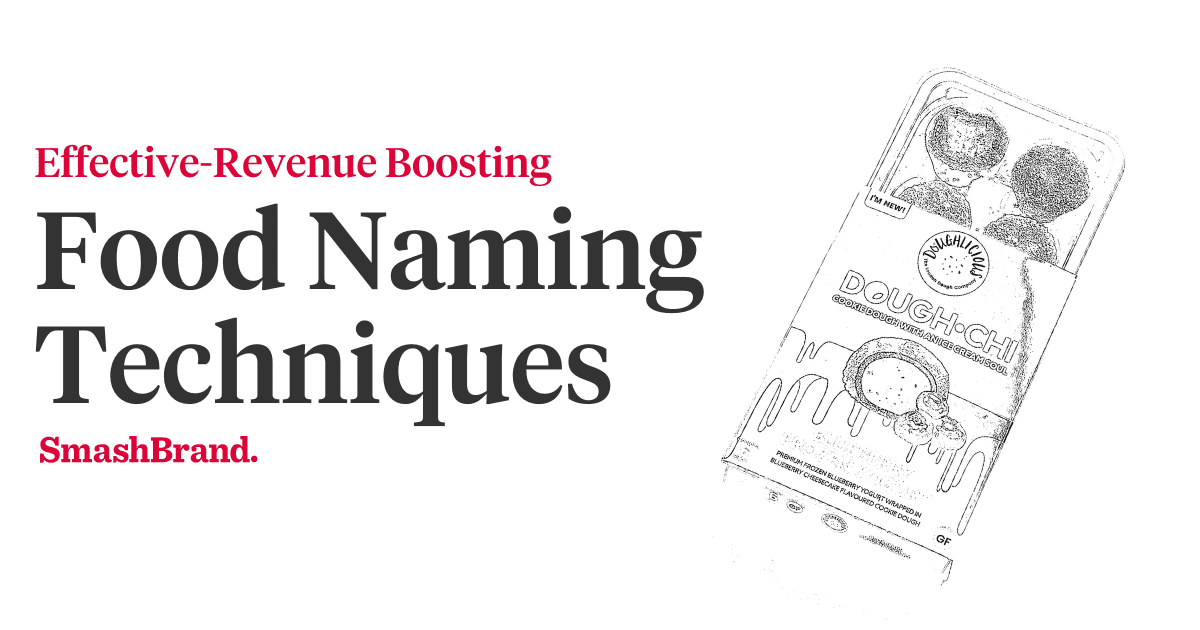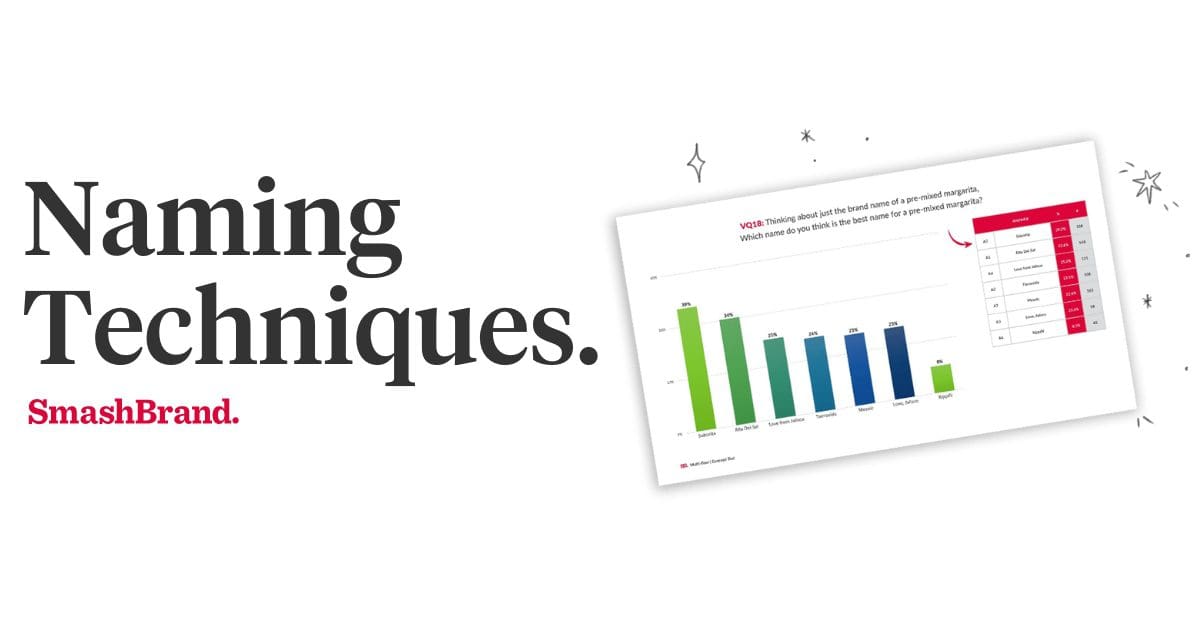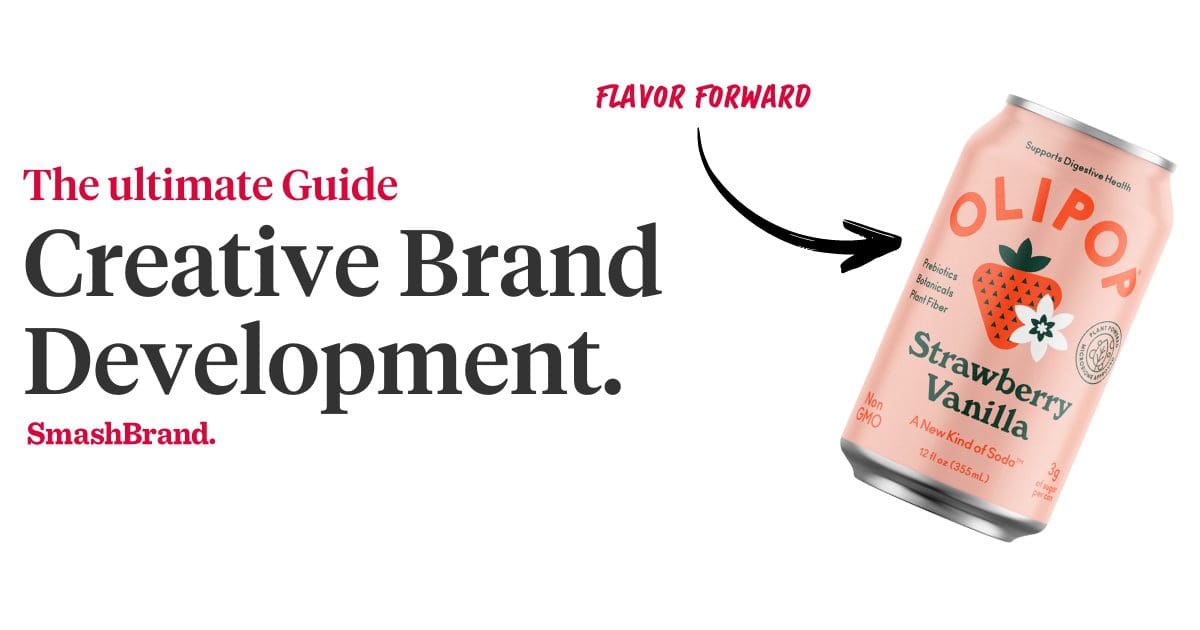Listen to This Article

From an environmental perspective, it seems as though pitting glass against plastic would be like matching Muhammad Ali against a Bartlett pear. However, once one does a bit of research regarding the ecological impact of glass manufacture, that Bartlett pear might be less of a pear and more of a juicy and delicious Joe Frazier.
For this series of articles, we will indulge your bloodlust and set glass and plastic against each other in a savage yet entertaining matter. Each has its own strengths – weight advantage; endurance, ability to break apart into potentially lethal shards – but who will emerge victorious?
Get your Hands on the SmashReport!
And enter to win a FREE brand diagnosis worth $20,000.
*The SmashReport is a monthly newsletter for FMCG and CPG brands, helping them stand out in the competitive retail marketplace.
In the Blue Corner: Glass
Who doesn’t love glass? Glass is aesthetically pleasing, more likely to be reused/recycled and doesn’t leach toxic chemicals into foodstuffs. Moreover, it is generally thought that glass fabrication is easier on the environment. But are these legitimate concerns, or green-loving, tree-hugging urban legends?
Glass Manufacturing
According to the mighty brain trusts at Carnegie Mellon University, glass requires twice as much energy as plastic. The fossil fuels (yes! Evil fossil fuels) needed to produce the extremely high temperatures required to create beautiful glassy glass containers spews more toxins into the environment than what is created via plastic making. Who would have thought?
As you might have noticed, glass is also significantly heavier than plastic, making transportation costlier and more noxious due to the increased fuel needed to power the pollutant-spewing conveyances.
Overall, glass is responsible for up to seven times more of the gasses that contribute to global warming than plastic.
Glass Storage
Ok – don’t write glass off yet, there are several strong points to glass food storage vessels.
Glass doesn’t leak air into its contents, so the foodstuffs or whatever sundries within don’t spoil through oxidation as quickly (or at all). Ever see wine in a plastic bottle? And you probably never will – until we enter an era of single serving flavored wines for children or some other equally horrible idea.
Glass is also far easier to sterilize than plastic because of its lack of porosity, and it doesn’t transfer chemical matter to foods, so that flavors remain pure throughout the product’s storage life. The same can’t be said for plastic; anyone who’s ever tasted leftover takeout from a clamshell box knows what we mean. Also, that little matter of eating industrial chemical runoff tends to make customers a touch uneasy.
In the Red Corner: Plastics
We don’t tend to feel as warm and fuzzy about plastic as we do about glass. It’s light weight, it feels flimsy in the hand and it has a nasty environmental reputation. But don’t let its trash talking, inelegant ways fool you; underneath that crushable exterior lies the heart of a warrior that won’t be going down anytime soon despite its massively negative PR.
Plastic Manufacturing
Plastics, being lighter, do not require as much energy to produce as glass. However, even though we do our best to recycle plastics, city recycling services don’t accept many plastic containers, and some plastics simply aren’t recyclable. All glass, on the other hand, is recyclable.
Unless the plastic containers contain zero additives, they can only be recycled into synthetic fibers for certain clothing articles or insulation. The majority of plastic products are, in fact, downcycled – recycled into non-food grade applications — and this can be especially problematic if the manufacturer gets too plastic happy.
Plastic Storage
This is where plastics begin to come apart at the seams – at least when it comes to consumables. The weird thing about plastics is that even though they can exist eternally in landfills, they can only be used to store foods for a fairly short time. However, the lightweight nature of plastics makes them far cheaper to transport in large quantities. In the battle between glass and plastic, glass might be heavier, but plastic can swarm its opponent from all angles in mighty numbers.
At the end of round one, there hasn’t emerged a clear winner, yet when we inspect the economic factors more deeply in the later rounds, will we have a Rocky-like people’s champion, or will our winner be a juiced-up, evil interloper from a nation with a questionable human rights record? Plastic to glass: I must break you. (Rocky IV reference, FYI)
Data-Driven Brand Development
Want a best-selling brand? SmashBrand is a brand development firm for FMCG and CPG companies. From brand strategy to packaging design testing, our Path To Performance™ process guarantees a retail performance lift. Book a time to discuss your project with our team.





